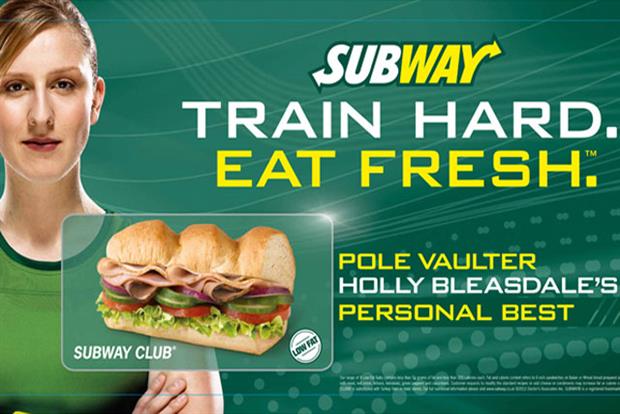The Cognitive Learning Theory

Despite fact that its not the traditional lingerie bra showing elegance and sexiness. The marketers of “ahh bra” have created a very successful campaign by being able to appeal to sense of women needing to solve the problems that ‘every day’ bras create by promising their audience that the ahh bra will not cut you into portions and will immediately adapt to your size.
While behavioral learning theories propose that all learning was the outcome of organization formed by conditioning, reinforcement and punishment based on Ivan Pavlov research. Cognitive learning theory stresses the importance of internal mental process. Albert Bandura is physiologist who conducted an observational learning research 1961 where he proposed that learning can also take place simply by observing the actions of others. Which revolves around the idea that people learn through observation to their own experience. Bandura's argued that people can learn new information and behaviors by watching other people. One important aspect of a cognitive learning perspective is observational learning. Change in people’s actions and behaviors that takes place as a result of watching others. When an observer’s behavior changes after viewing the behavior of a model. An observer’s behavior can be affected by the positive or negative consequences – called vicarious reinforcement or vicarious punishment – of a model’s behavior. (Bandura 1986)when an observer’s behavior changes after viewing the behavior of a model. An observer’s behavior can be affected by the positive or negative consequences – called vicarious reinforcement or vicarious punishment – of a model’s behavior. (Bandura 1986). This type of learning is a complex process; people store these observations in memory as they accumulate knowledge, perhaps using this information at a later point to guide their own behavior.
Modelling Process

This model illustrates the modelling process of how an advert would catch the attention of the consumers. Retention is where the consumers recall the behavior and process the ability to use the product. Finally for the observation learning to be successful the consumer has to be motivated to imitate the behavior that has been modeled.
Bandura and other researchers discovered that there are many factors that influence the likelihood that an observer will imitate a model. If the model is perceived by the observer as similar to him or her, the behavior is more likely to be copied than if the model is perceived as different. Also, if the model is modeling simple behaviors, those are more likely to be mimicked than complex behaviors. Regardless of the attributes of the model or the observer, if the behavior itself is associated with a reward that is meaningful to the observer, modeling is more likely to occur than if the behavior is followed by no such reward.


Reference
Houghton Mifflin Textbook - To Learn More. (2016). College.cengage.com. Retrieved 13 April 2016, from http://college.cengage.com/psychology/engler/personality_theories/7e/students/learn_more/ch09.html
Bandura and Observational Learning. (2016). Boundless. Retrieved from https://www.boundless.com/psychology/textbooks/boundless-psychology-textbook/learning-7/cognitive-approaches-to-learning-48/bandura-and-observational-learning-203-12738/
Bandura, A. (1986). Social foundations of thought and action. Englewood Cliffs, N.J.: Prentice-Hall.
Solomon, M. (2011). Consumer behavior. [S.l.]: Prentice Hall.
Bandura and Observational Learning. (2016). Boundless. Retrieved from https://www.boundless.com/psychology/textbooks/boundless-psychology-textbook/learning-7/cognitive-approaches-to-learning-48/bandura-and-observational-learning-203-12738/
Bandura, A. (1986). Social foundations of thought and action. Englewood Cliffs, N.J.: Prentice-Hall.
Solomon, M. (2011). Consumer behavior. [S.l.]: Prentice Hall.
No comments:
Post a Comment